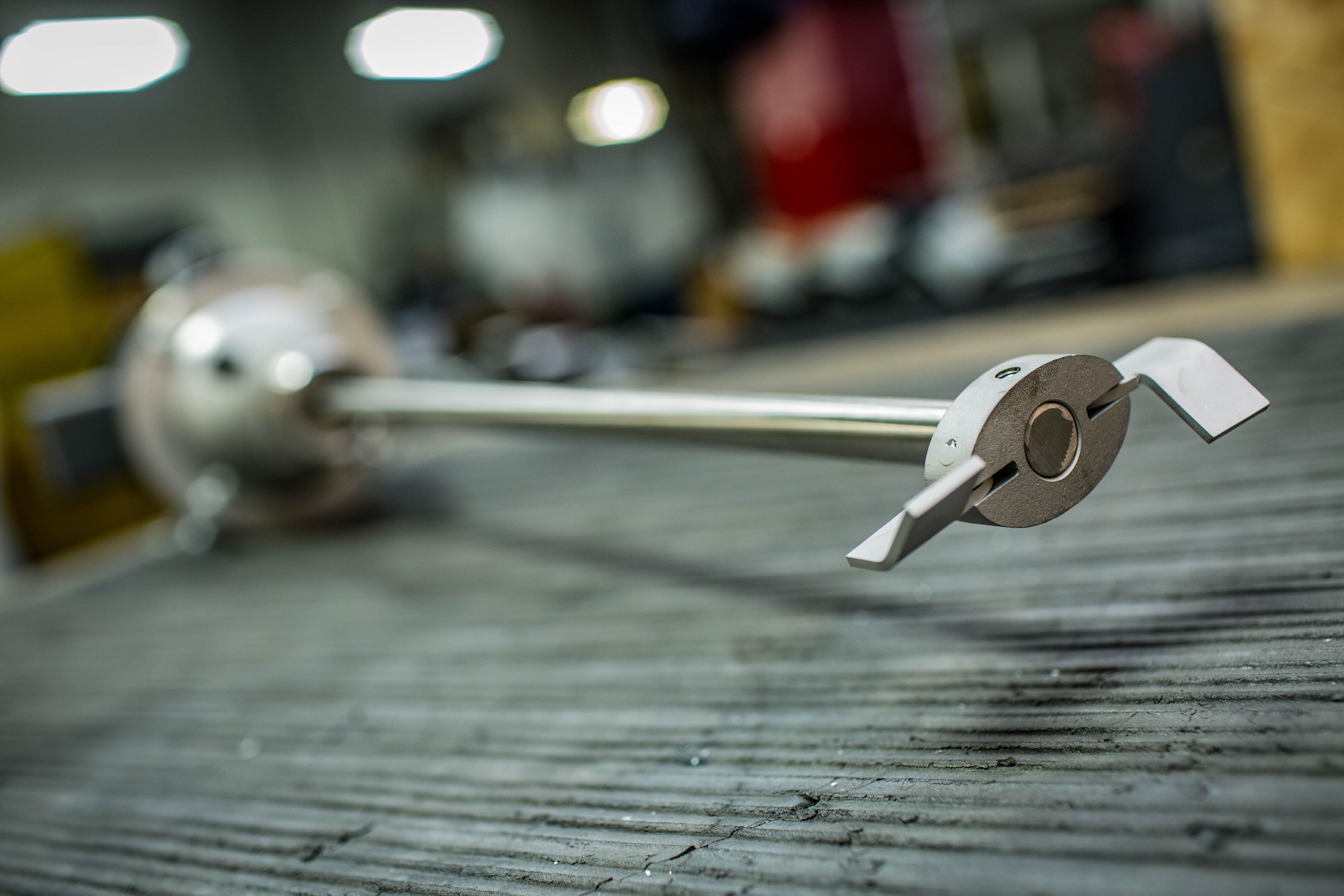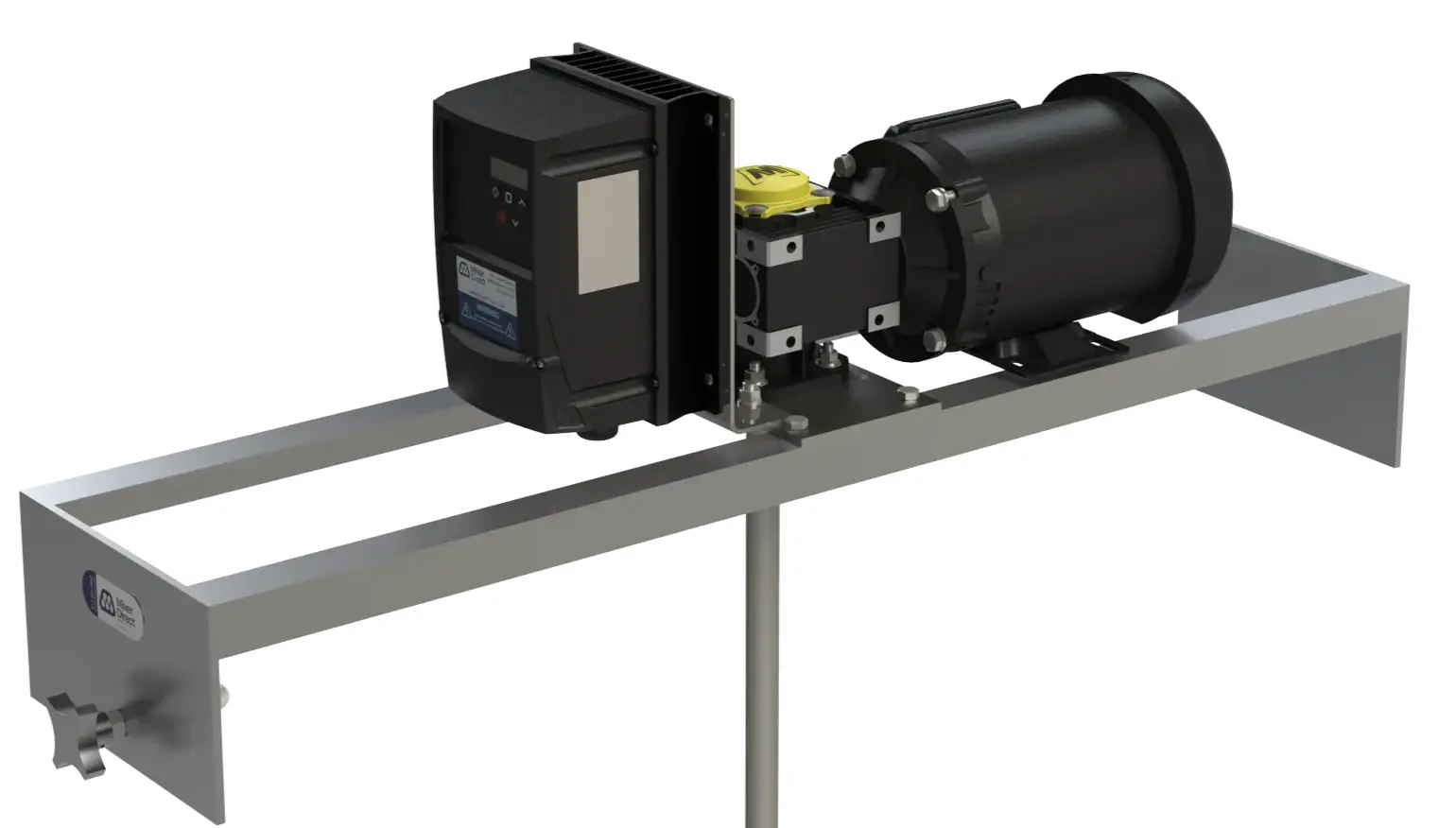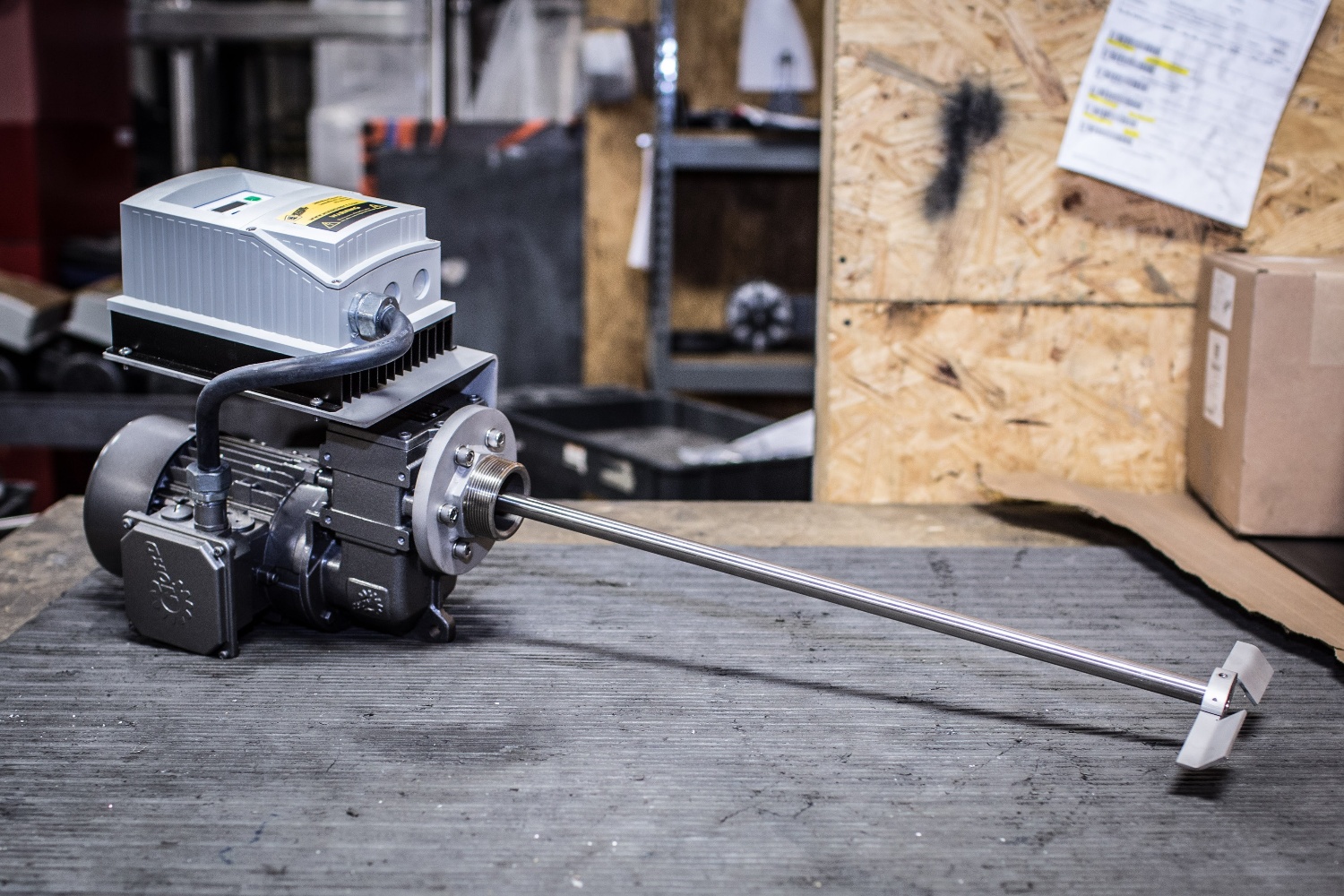1 min read
Utilizing Tote Agitators In Mixing Processes
Why Choose A Tote Agitator? IBC (intermediate bulk container) totes are the most popular form of shipping containers for a variety of liquids and...

The more advanced your side entry mixer, the more traditional flow patterns it will incorporate into its mixing actions. Multi-directional and dimensional flow patterns have been shown to achieve the most homogeneous solution in the most timely fashion. Here are a few of the traditional patterns that should be combined in a modern side entry mixer:
Running a high velocity flow, a bottom to top flow and a cross tank flow gives a three dimensional flow state that is optimal for extremely fast, efficient mixing. If you are looking for the most cost-efficient way to quickly blend materials that may give traditional mixers problems, ensuring that your side mixer has this capacity is a great way to improve productivity.
The angles that are used in your side entry mixer also help to optimize the process. If you have the ability to operate your mixer during its pump time, having a mixer cluster that is 22.5° left of your tank inlet is the best position. The angling becomes less important if you are not planning on utilizing the so-called "pump up" time of your mixer.
If you are looking to prevent BS&W buildups, putting a 60° rotation on your swivel angle option will give you optimal performance in this area. Make sure that your swill ball is protected from leakage with a seal that can handle the job on hand.
Choosing the right impeller for the job ensures that you will will achieve the highest efficiency during your mix. The fluid foil impeller has been used by many processes because of its incredibly high thrust to power ratio. This ratio ensures the maximum flow efficiency of the side entry mixer. The fluid foil impeller can also be easily used in parallel to supply the needed flow to larger tanks.
However, you may need to choose an impeller based on an imbalance of characteristics depending on the job that is to be completed. When this is the case, here are the most important aspects of an impeller that you should consider before committing your project..
If density and gravity are allowed to take their toll on a mix, the resulting sedimentation and/or sludge will create numerous problems, which, even if addressed, will drastically slow the efficiency of the mixing process. This is usually an issue when mixing crude oil, a substance that will almost always bring along with it a certain percentage of bottom sludge and water. The natural concentration of this BS&W is usually around 0.5 wt %.
The sludge that crude oil brings with it is a dense collection of mud, sand, organic acids, salt, polymers, waxes, asphaltenes and corrosion products. Sludge will settle at the bottom of your tanks, as it is always heavier than the crude oil that brings it. Sludge becomes excessive if a mixer is not operated properly or if it is underpowered. If your mix does not retain the appropriate ambient temperature, sludge may also disperse more freely. The heavier that a crude oil is, the higher that its percentage of sludge will be. For instance, high sulfur crude oil comes with a wt % of sludge that is significantly higher than 0.5. No matter what kind of sludge you have in your mix, once it is fully settled on the floor of your tank, it will harden and refuse to be removed except by a special process.
The side entry mixer is known to prevent the settling of sludge on the tank floor as well as helping to suspend hard and sludge that has accumulated over time. Below are just a few of the problems that your mix may incur if you allow sludge to fully settle on the floor of your tank.
If you are operating your side entry mixer to get rid of hardened sludge, the mixer shaft should be placed at an optimal angle of 10 degrees left of the diameter of the tank when the mixer rotates clockwise from the side that the motor is on. The mixer should not be installed facing the center of the tank; otherwise, you risk forming a vortex that will only build sludge in the center rather than on the bottom of the tank.
Although the architecture of a side entry mixer automatically improves the architecture of most projects, the positioning of that mixer is also very important. Proper positioning of the mixer keeps it from having to overextend its resources to create homogeneity. The total number of mixers used in a process may also be reduced if the positioning of each mixer is optimal.
The use of either gear driven or belt driven systems also affects the mixer drives that are used. In general, mixer drives should only be 60 hp if a system is gear driven, with an increase to 100 hp if a system is belt driven. In both types of systems, when multiple mixers are used, they are usually of the same size.
There are two types of mixer distribution patterns that side entry mixer projects employ – clustered or distributed configurations. These two configurations are generally equal as long as the total energy that is generated from all mixers is adequate for the project. One configuration may outperform the other if it allows for a more optimal use of individual mixers in the process, creating more room for additional mixers of the same size to be employed.
Although the configuration and positioning of side entry mixers is contingent upon each individual job, there are some general guidelines that you can follow for common mixing projects.
There are also certain swivel programs that may be used as a guideline for optimal efficiency in mixing. Depending on the cleanliness of the tank and the need of the project to blend homogeneous solutions, the following configurations may be followed.
(Editor's Note: This blog was originally published in May 2017 and was updated in May 2024 to reflect current information.)

1 min read
Why Choose A Tote Agitator? IBC (intermediate bulk container) totes are the most popular form of shipping containers for a variety of liquids and...

If your process materials are delivered and stored in Intermediate Bulk Containers (IBCs), you've likely encountered common issues like product...

Portable mixers are a staple for liquid mixing and suspending solids in a host of different industries around the world. These workhorses can be...